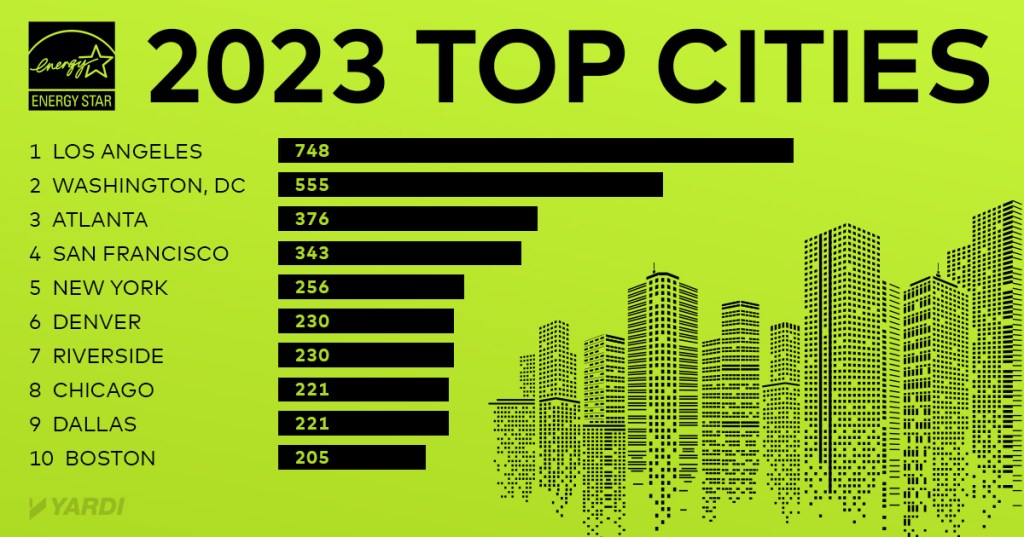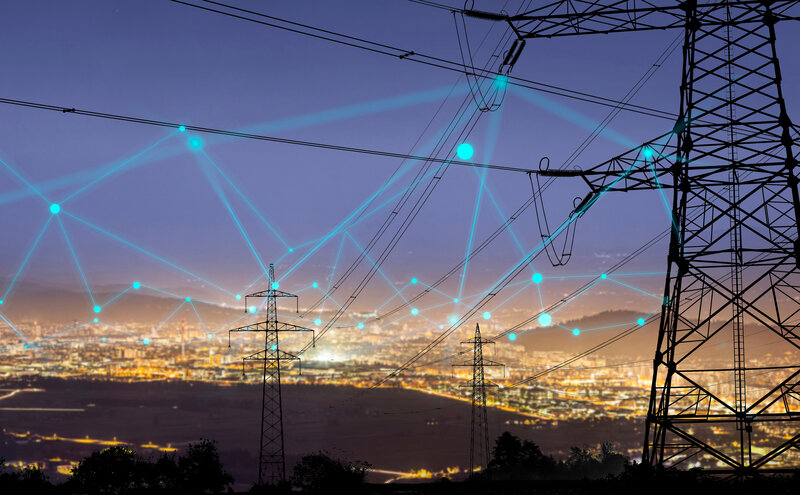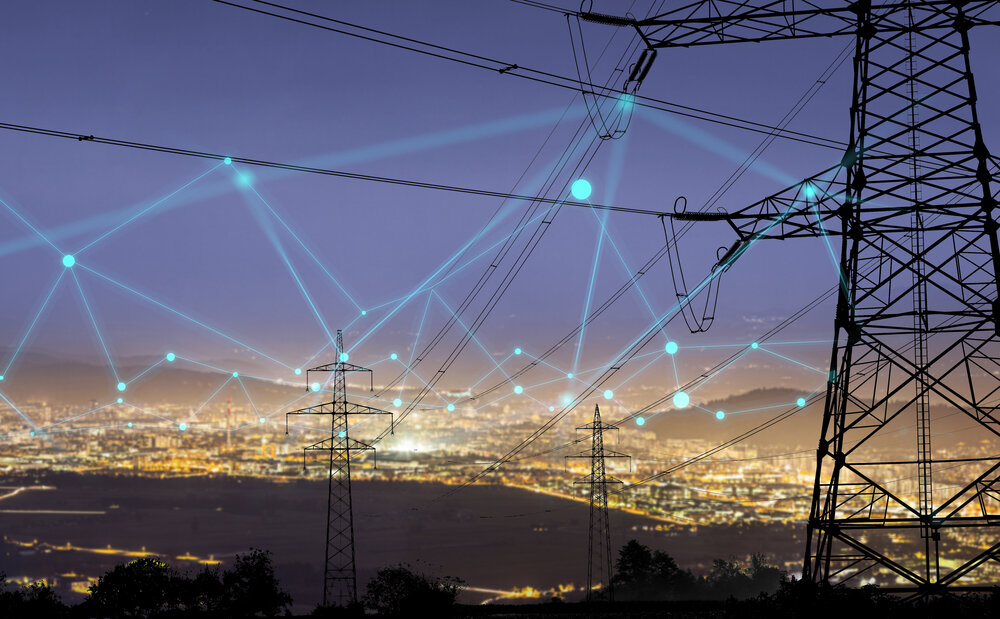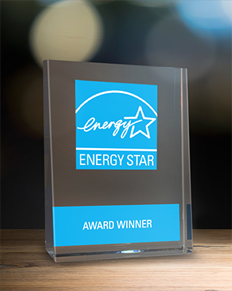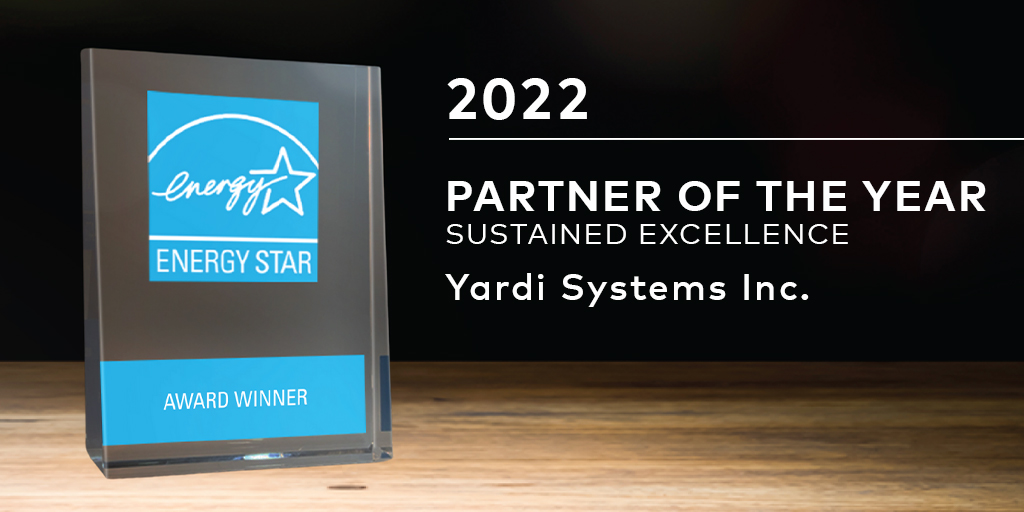Satisfying Investors
With ESG Excellence
Today’s real estate investors not only want the financial and operational numbers on their assets but what’s driving them. That includes environmental, social and governance (ESG) performance, which is becoming increasingly important to property occupants, investors and regulators. In fact, many institutional investors who provide money for U.S. real estate companies incorporate ESG criteria into […]

